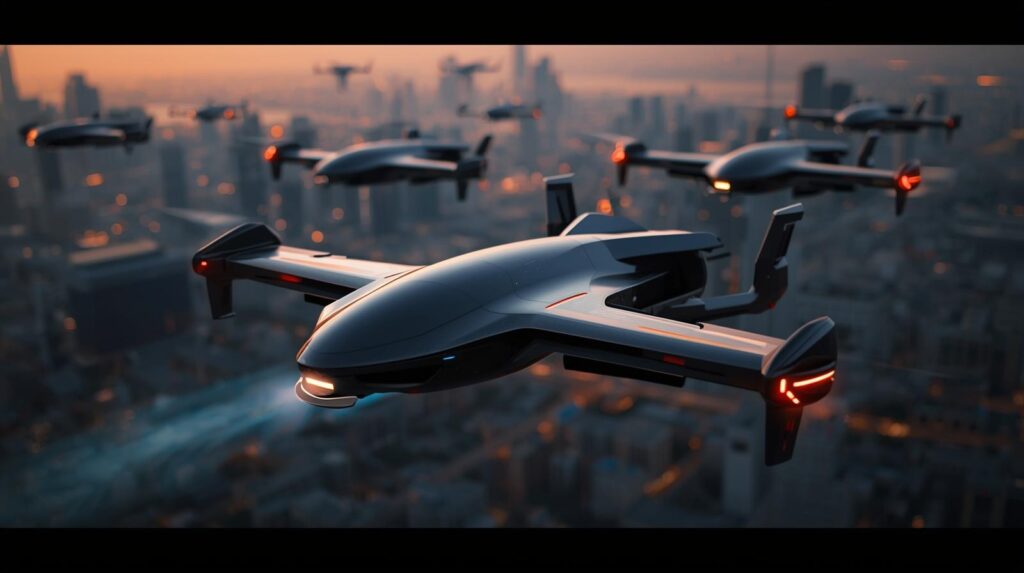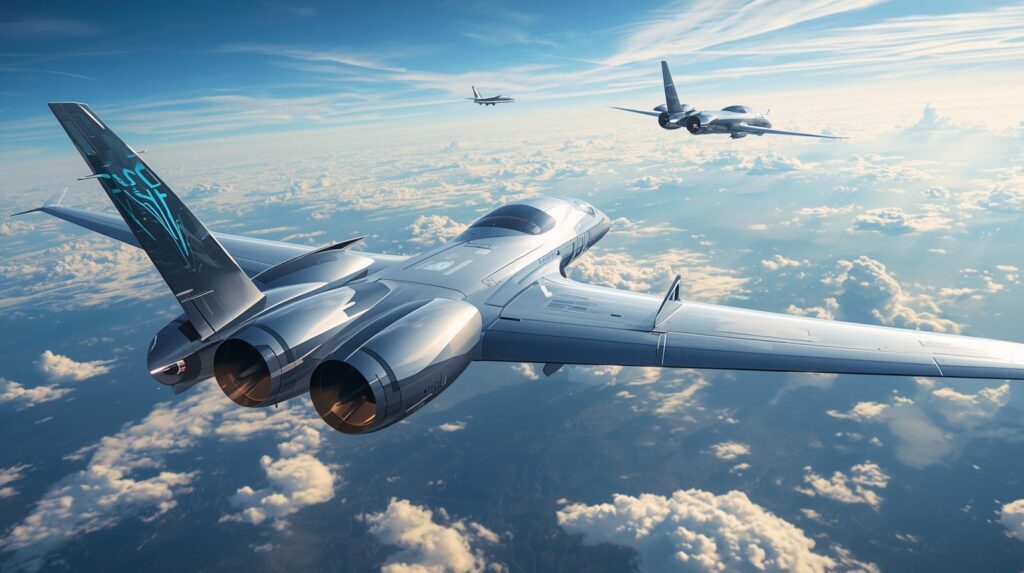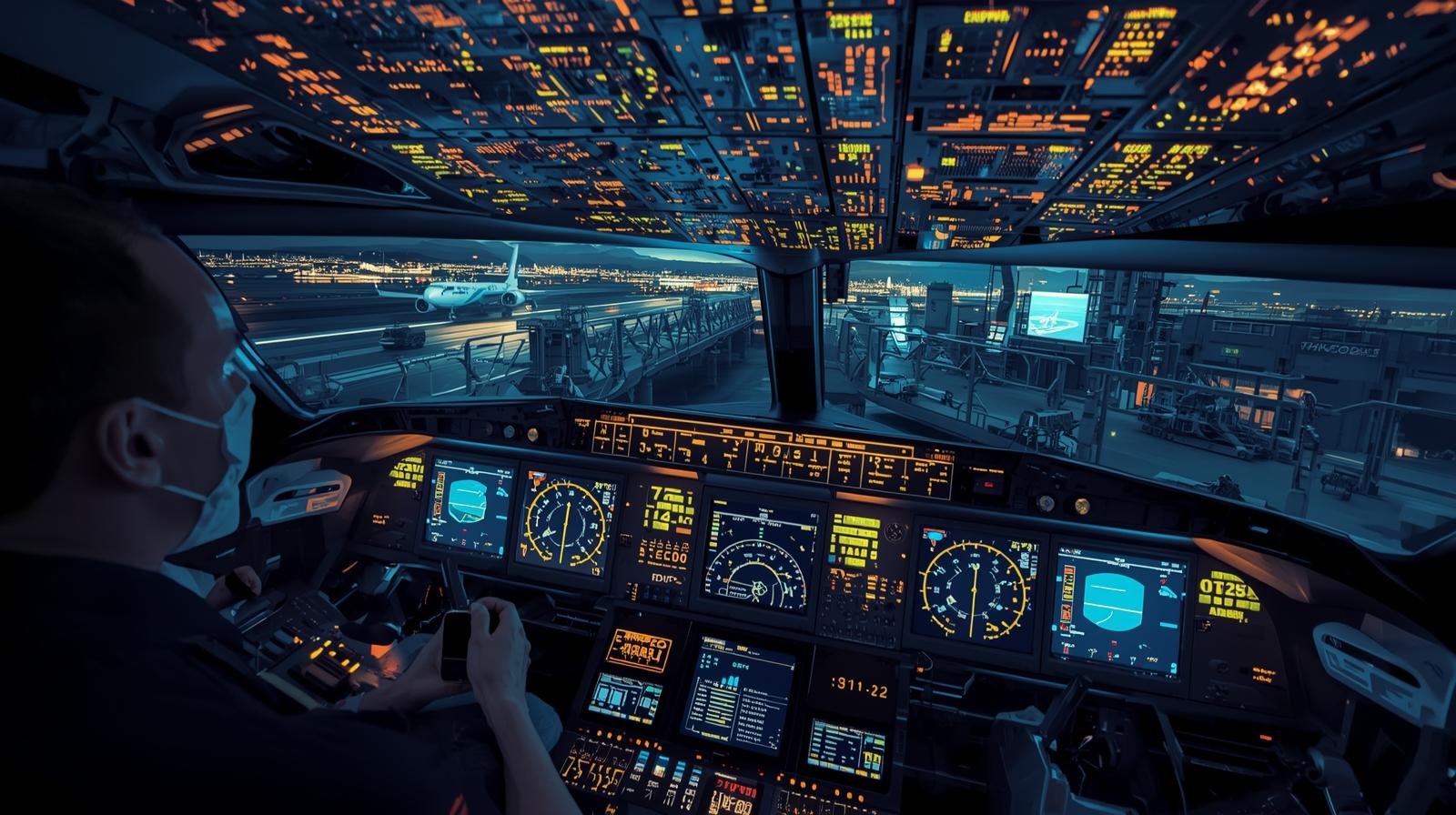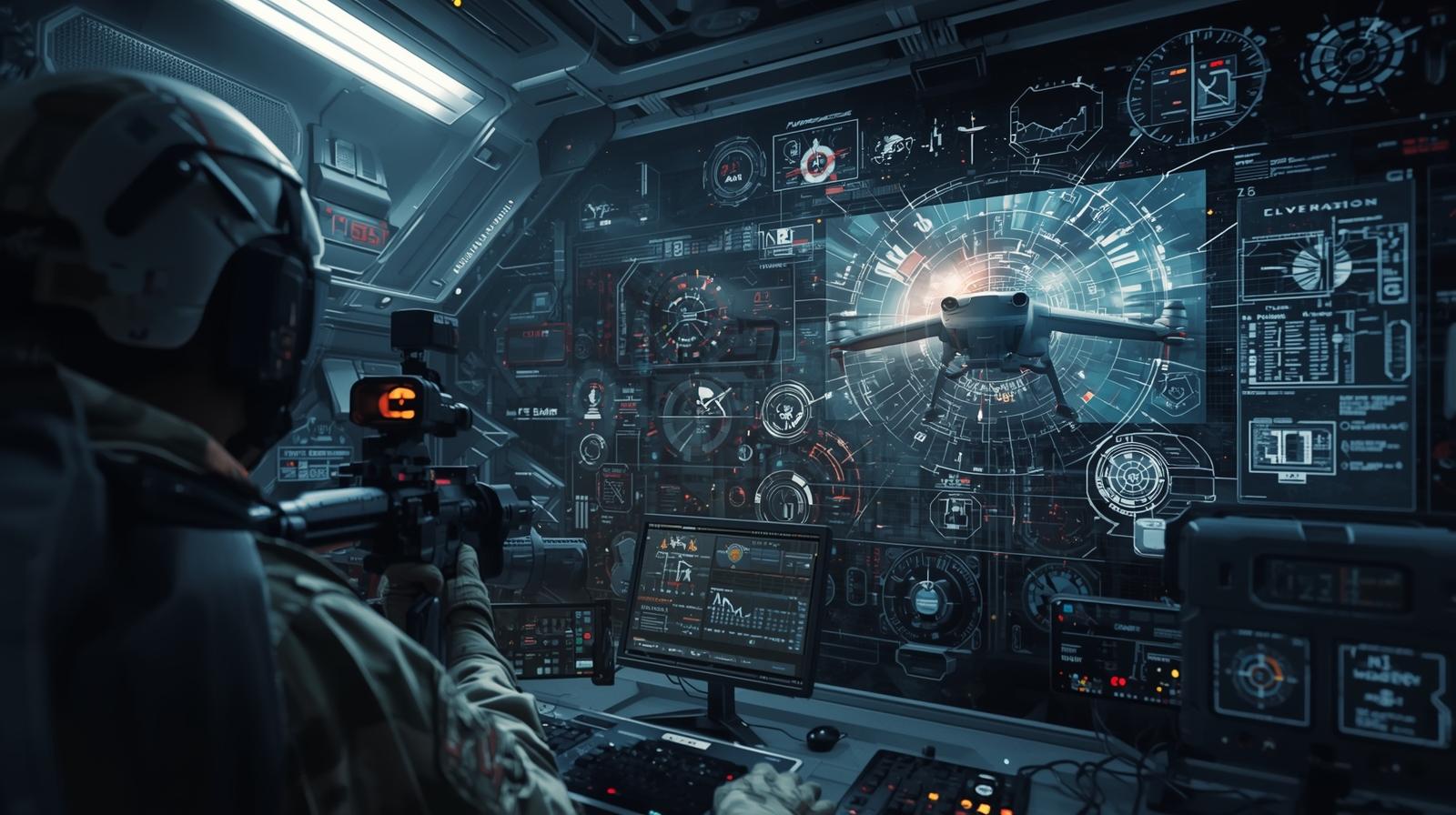The aviation industry has always been at the forefront of technological innovation. From the Wright brothers’ first powered flight to today’s advanced commercial and military aircraft, technology continues to shape the way we travel through the skies. In the United States, where aviation plays a critical role in transportation, commerce, and defense, technological advancements are revolutionizing safety, efficiency, and passenger experience.
Technological Innovations Transforming Aviation
Modern aviation depends heavily on sophisticated technologies that improve every aspect of flight operations. One of the most significant developments has been the integration of advanced avionics systems. These electronic systems help pilots navigate, communicate, and control aircraft with unprecedented precision. Features like GPS-based navigation, autopilot, and digital flight displays contribute to safer and more efficient flights.
The rise of computer-based flight management systems enables airlines to optimize routes, reduce fuel consumption, and minimize environmental impact. This not only cuts operational costs but also aligns with global efforts to reduce aviation’s carbon footprint.
Enhancing Safety Through Cutting-Edge Technology
Safety remains the paramount concern in aviation, and technology has been instrumental in elevating standards. Modern aircraft are equipped with sophisticated sensors and diagnostic tools that monitor the condition of engines, hydraulics, and other critical systems in real time. Predictive maintenance powered by data analytics helps identify potential failures before they occur, reducing the risk of accidents and costly downtime.

Additionally, advancements in radar, collision avoidance systems, and air traffic control technologies ensure better coordination and communication between pilots and ground control. These improvements have significantly decreased incidents of mid-air collisions and runway incursions.
The Role of Automation and Artificial Intelligence
Automation is transforming the aviation industry by enhancing both cockpit operations and airport management. Autopilot systems can handle complex flight maneuvers, allowing pilots to focus on monitoring and decision-making. In the cockpit, artificial intelligence assists with tasks such as weather analysis, risk assessment, and flight planning, improving situational awareness and response times.
At airports, AI-driven systems streamline passenger processing, baggage handling, and security screening, resulting in smoother travel experiences. Facial recognition technology and biometric verification accelerate boarding procedures while maintaining stringent security standards.
Emerging Technologies: Drones and Electric Aircraft
Unmanned aerial vehicles, commonly known as drones, represent a rapidly growing sector in aviation technology. In the United States, drones are used for a variety of applications including cargo delivery, agricultural monitoring, infrastructure inspection, and emergency response. Their ability to access hard-to-reach areas efficiently is revolutionizing industries beyond traditional aviation.

Meanwhile, electric and hybrid-electric aircraft are gaining attention as sustainable alternatives to conventional jet engines. These emerging technologies promise to reduce greenhouse gas emissions and noise pollution, aligning with the aviation industry’s commitment to environmental stewardship. Research and development efforts in this area are supported by both government agencies and private companies in the USA.
The Future of Aviation Technology
The future of aviation is poised to be shaped by continued innovation and integration of advanced technologies. Concepts like urban air mobility, which envisions flying taxis and personal air vehicles, could redefine urban transportation. Furthermore, developments in supersonic and hypersonic flight may soon shorten travel times dramatically.

As technology advances, the industry faces challenges related to cybersecurity, regulatory frameworks, and infrastructure modernization. Addressing these issues will be critical to ensuring that technological progress translates into safe, efficient, and accessible air travel for all.



